Obviously, it has nothing to do with Creating a BLOG. But it’s the end purpose of starting a blog.
So, let’s understand the fundamentals of traffic GROWTH…
TRAFFIC GROWTH
You know the end goal of starting a blog is to drive targeted traffic and make money online.
So how could you achieve it…?
To be honest, my blog doesn’t get much traffic, so I can’t teach you how to drive over 100K visitors a month and I don’t want to make fake promises either.
But I can set you up for 10K visitors a month which is quite enough for a new blogger.
So are you ready to learn how to approach blogging in the right way? How can you achieve astonishing results from the beginning?
Let’s get started…
In general, there are 3 types of traffic
- Organic traffic
- Paid Traffic
- Social media Traffic
Let’s talk about each one of them individually.
1. ORGANIC TRAFFIC
This is the most valuable yet free targeted traffic that usually comes from search engines like Google, Bing, Yahoo, and others.
Unfortunately, it’s really exhausting to get enough traffic from search engines. In fact, my organic traffic never exceeded 7,000/month. This was the highest number ever.
And the reason for this, I never focused on link building and other hard-core SEO traffic strategies.
But it doesn’t mean that you can’t drive ORGANIC TRAFFIC to your blog. With the right content, keyword research, link-building, and SEO strategies, you can definitely drive insane traffic.
So what do you need to focus on in order to drive organic traffic to your BLOG?
The number one thing is ‘CONTENT’…
Yes! You need to produce highly valuable, long-form SEO-optimized content.
If you’re still confused about how to write SEO-optimized content, then I highly recommend you read this post – https://beginnersblog.org/how-to-write-a-blog-post/
The second thing is ‘KEYWORD RESEARCH’
For better keyword research TRY SEMrush for free here. You can even read the post I’ve mentioned above. (Scroll Up)
And the third thing is ‘LINK BUILDING’
Don’t ignore link building. It’s the essential part of your SEO that can literally change the course of your BLOGGING venture.
But building high-quality backlinks is an arduous process. It’s quite overwhelming initially. So, I won’t suggest you spend much time on LINK-BUILDING in the beginning and focus on creating content for at least 2-4 months.
Once you have enough content, people are more likely to link you back.
If you hate LINKBUILDING like I do, you can hire an expert in this field to take care of your link-building.
Helpful Resource: 13 Ways to Build High-Quality Backlinks
My personal opinion
Like I said, Organic traffic is pure GOLD but at the same time an arduous process. So for beginners, it’s easy to give up.
On top of all, it takes a long time to drive sustainable traffic from search engines; especially if you’re not doing link-building.
That means, that if you don’t have enough time & Money, you’re going to give up too early in the process. So I suggest you don’t feel like a failure if you’re unable to drive ORGANIC TRAFFIC to your blog.
Still, there is a HOPE… and the right STRATEGY that I’ll discuss in a few minutes.
As you know Google and other search engines are full of information. In fact, Google prefers low-quality branded content over high-quality blog content.
Even if you write highly valuable content, Google will not rank you high unless you build high-quality backlinks and authority.
Additionally, Google auctions its top positions that allow advertisers to show their thin content on top of you.
So…. in the end… MONEY wins the game.
It means if you don’t have money then don’t expect immediate results. You have to trade your time to build immense authority and backlinks to outperform your competitors.
That’s why I hate TOP BLOGGERS and influencers who suggest a naïve BLOGGER write long-form content.
This is not done…
You know what… ever since well-established billion-dollar brands entered into blogging, BLOGGING is getting super competitive.
And NOW it’s no longer about the CONTENT and value you provide, it’s about how well you establish yourself.
2. PAID TRAFFIC
If you don’t have sufficient time, then I suggest you opt for PAID TRAFFIC. This is the type of traffic that is highly targeted and easy to drive.
However, it is an easy and effective way to make your blog successful, but you need to trade money for time.
Unfortunately, it seems impossible for a first-time blogger to invest money because of financial instability.
But if you are an intermediate BLOGGER and want immediate results, then try PAID traffic. You can try GOOGLE, FACEBOOK, Twitter, and LinkedIn to drive PAID TRAFFIC.
3. SOCIAL MEDIA TRAFFIC
It’s somewhere in between the two types of traffic.
Though it is less specific and less targeted, you don’t need a lot of time to drive a significant amount of traffic from social media. It helps you build a robust readership to bring good traffic, which encourages you to stick longer in your blogging journey.
That’s why I consider this traffic to be the RIGHT WAY to advance your blogging journey.
It’s the answer to a question I’ve sown in your mind from the start.
So why did I choose ‘Social Media Traffic’ to be the right strategy to succeed with blogging? Let me explain this to you…
First things first, I have personally felt that increasing your social media traffic is easier than begging for backlinks and driving traffic from search engines. For example, it took me less than 8 months to get my first 50K/Mo visitors to my blog from Pinterest, whereas it never happened with Google. (Read this post)
Secondly, you don’t need to invest a lot of time and money. If you stick to one social media platform for 6 – 8 months, it’s definitely going to help you grow your BLOG.
Consistency plays a vital role in social media success. And the beauty of social media is that it gives you the credibility to lead your audience which gets stronger over time.
It is beginner-friendly and requires no additional skills apart from generating social media traffic and building a huge following.
Social media gives you an opportunity to know your audience very well. In fact, you can talk to your audience closely. For example, you can go live once a week and answer their questions.
The social media traffic is easy and builds with time. That means you can drive traffic to your new blog right from the start. More importantly, you can use your social media traffic to monetize your blog and use that money as fuel to build backlinks and take care of SEO as well to generate organic traffic to your BLOG.
Google is concerned about Expertise, Authoritativeness, and Trustworthiness. And with money, you can easily simulate these things. For example, you can hire experts to write on your behalf, and create high-powered backlinks, and other stuff to force Google to rank you on top. On the other hand, beginners with a lack of funding cannot fake it and they have no alternative but to work hard. That’s why I chose SOCIAL MEDIA because it concerns consistency.
So in a nutshell, choosing social media as an initial source of traffic can be a wise decision and lead you to a successful blogger.
On the other hand, if you choose organic traffic, then ensure that you have enough time, money, and motivation to stay on the path. Otherwise, you’ll be out.
So now that you can know the right strategy to grow your blog, now it’s time to learn how to apply this…
1ST – CHOOSE ONE SOCIAL MEDIA PLATFORM
By now you have learned how to set up a blog and write your first POST. Now it’s the time to focus on the main objective of starting your blog which is ‘DRIVING TRAFFIC’…
To drive traffic to your blog, you need to choose the right social media platform. And for that, you need to find out the audience which is more likely to consume the type of content you want to publish on your blog.
For example, if you blog about ‘WEIGHT LOSS’, then go with Instagram, YouTube, or Pinterest.
Likewise, if you choose to start a BLOG about ‘BUSINESS & MARKETING‘ then LinkedIn or Twitter, and YouTube may be the better options.
2ND – CREATE CONTENT
Whichever platform you choose, you must produce the best of the best content.
And to do so, you need to find the most popular and engaging content on the platform to obtain the best content ideas.
You can even follow popular creators or influencers to find more ideas and begin producing content based on their ideas.
3rd – GROW YOUR ACCOUNT
CONSISTENCY is one of the best social media growth strategies that people often overlook.
They produce content for a month or two and if nothing happens they move elsewhere and continue repeating the same mistake over and over again.
Remember, if you stick to one social media platform, you might get a chance to find one of your videos that goes viral quickly. (ex: Instagram, Facebook, YouTube, or Pinterest).
So keep on producing the best content and build enough following on one social media channel first.
But how can you build enough following?
For instance, if you want to grow Instagram… Here is how you can do this…
- First SET UP your profile
- Optimize your BIO
- Create engaging highlights
- Find the best content ideas in your niche and add more value to it
- Post 2-3 times a day; add value to people’s time
- Go live once a week
- Make engaging stories, reels, and IGTV to increase the potential reach
- Build a strong relationship with your audience
- Use hashtags for additional reach
- Publish carousels post once a week.
- Be consistent
Helpful Resource – How to gain your first 6,000 organic followers on Instagram.
4th – DRIVE TRAFFIC
Once you have enough content and 1000 followers, you can start using strong CALL-TO-ACTIONS to drive people to your blog.
It’s not so easy in the beginning, but as your account grows, it adds credibility to your CALL-TO-ACTION (CTA). Consequently, people are likely to visit your blog, product, or service page and soon they begin to consider you as an expert in a particular niche. And hence, you can bring huge traffic to your blog.
If you happen to decide PINTEREST as the primary source of traffic, then Go check out this step-by-step guide to learn how to drive your first 10,000 visitors to your blog from PINTEREST.
Finally, you have learned how to approach BLOGGING in the right way, set up your blog on WordPress, and drive your first 10,000 visitors to your blog.
And if you follow this exact blueprint I’ve shown you above, you never have to quit your blog just because GOOGLE isn’t ranking you.














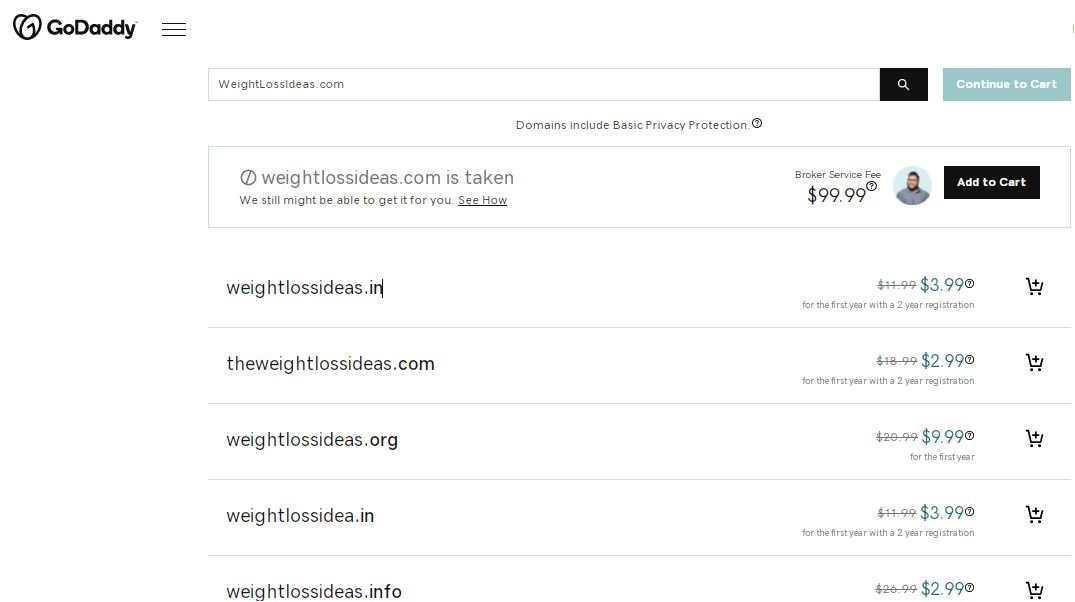

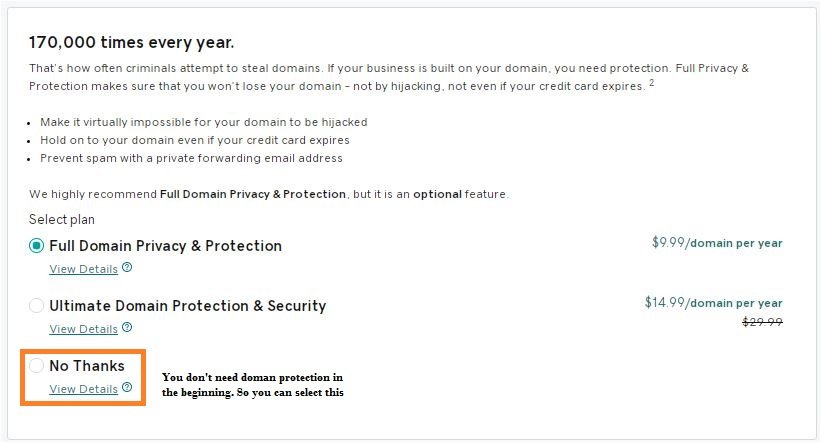


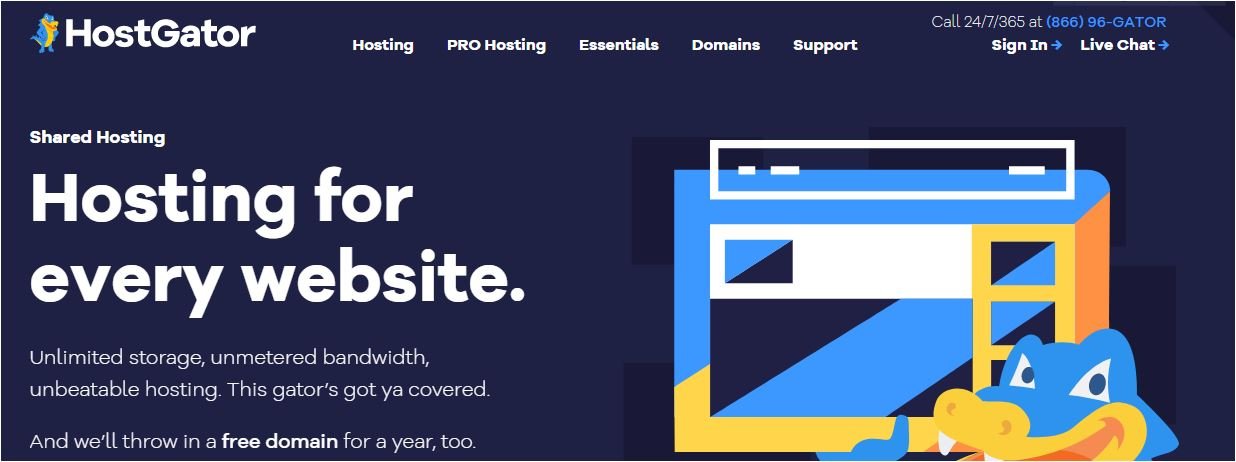

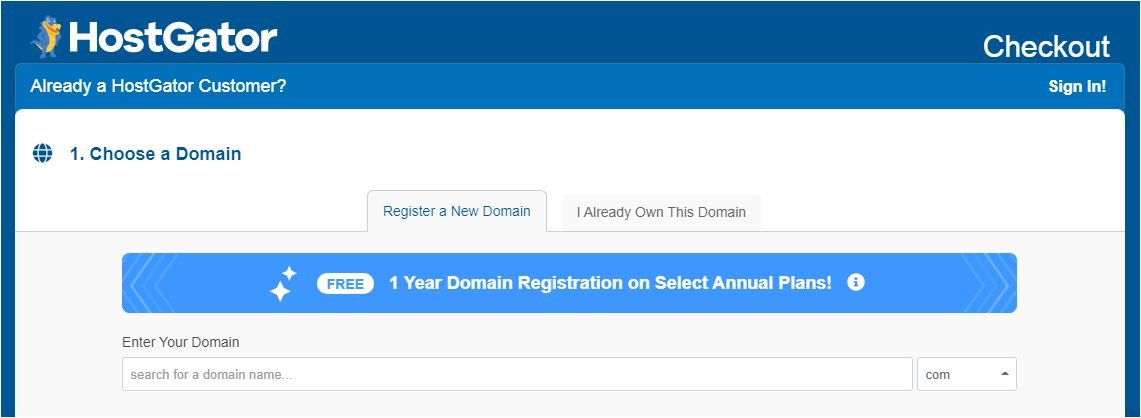


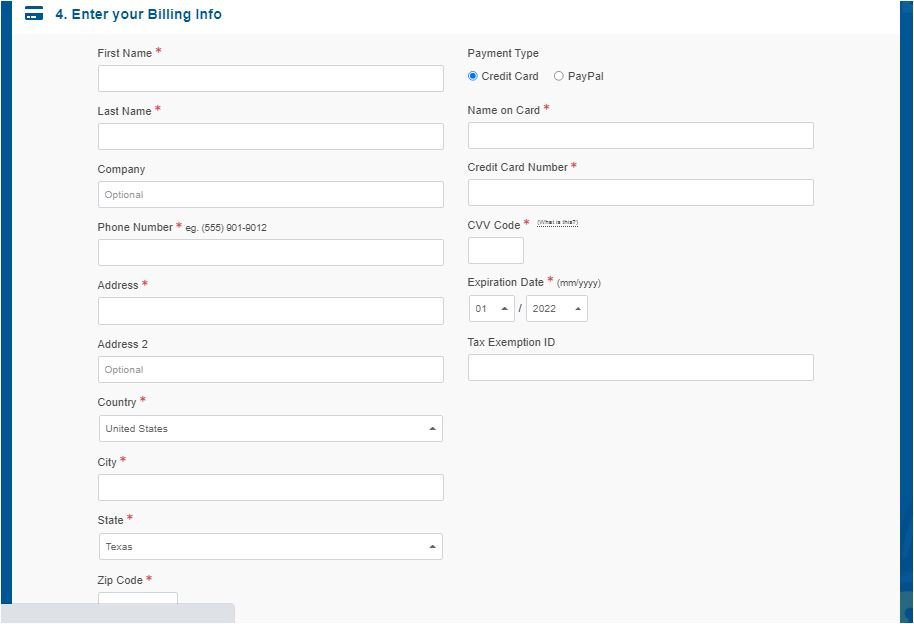

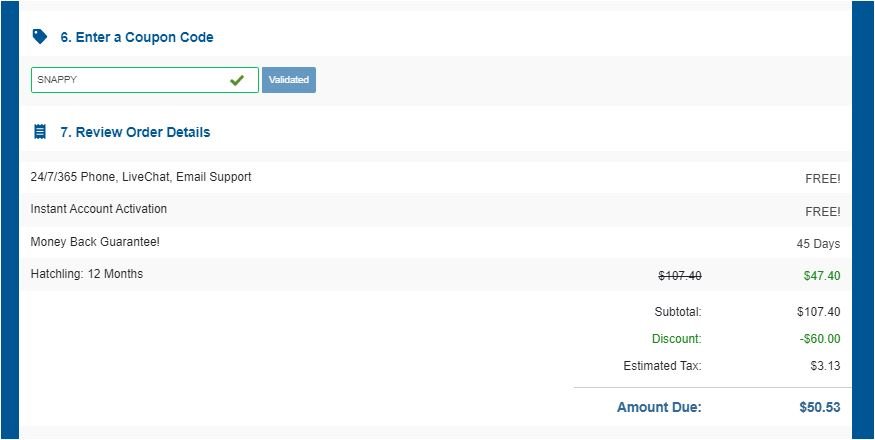
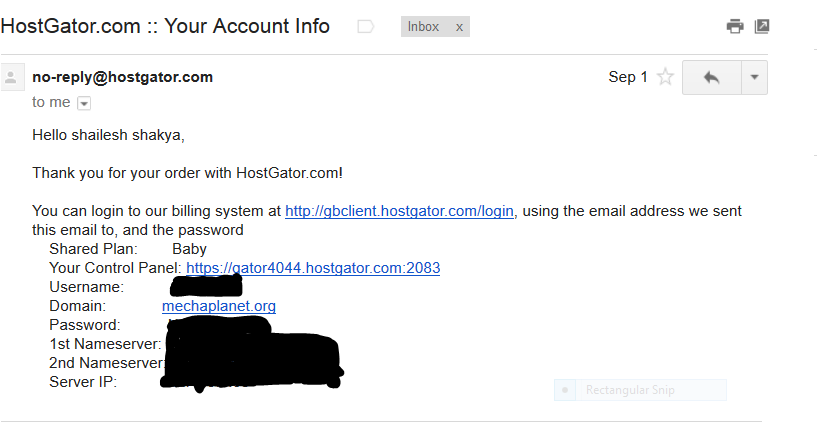








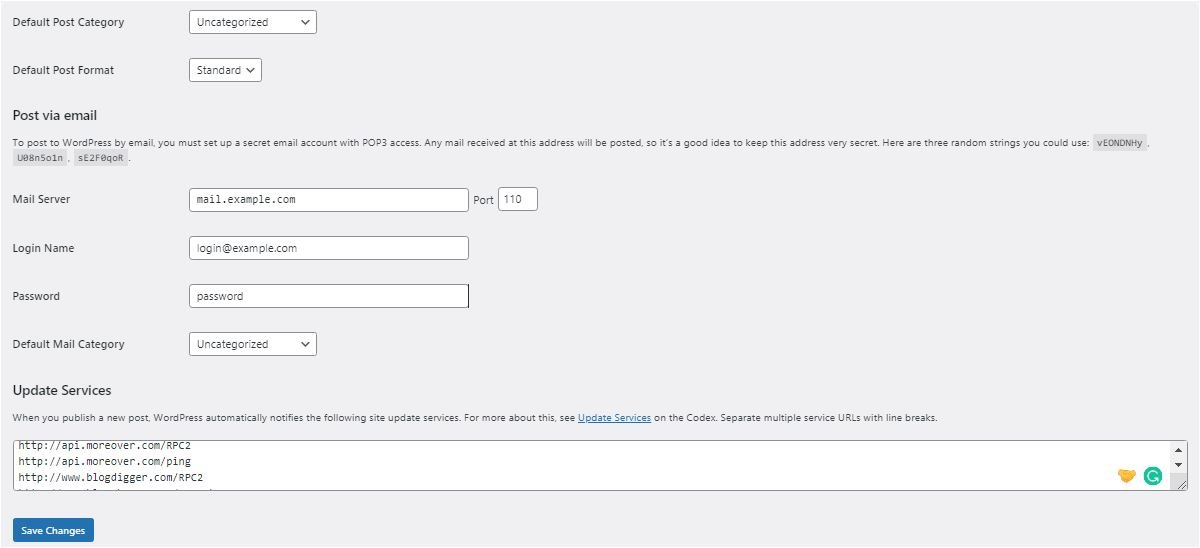
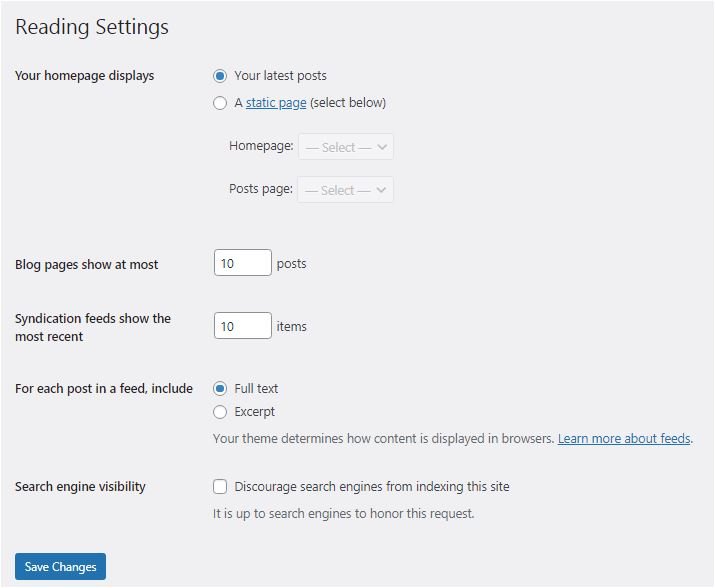

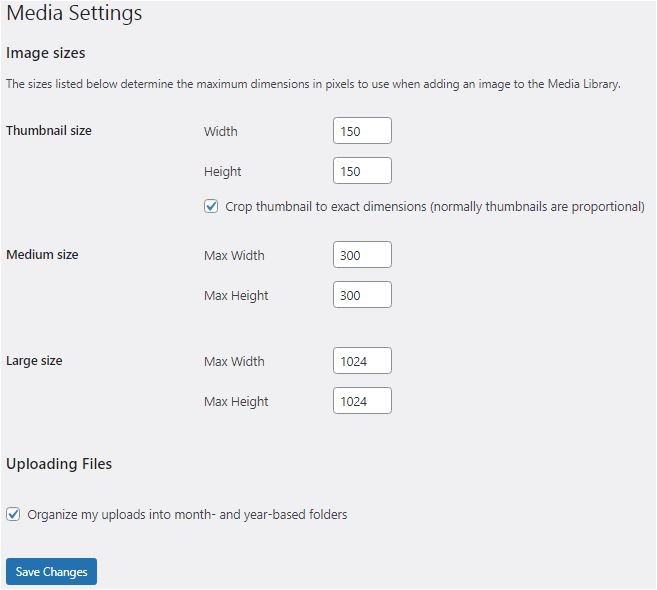




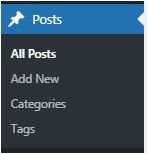
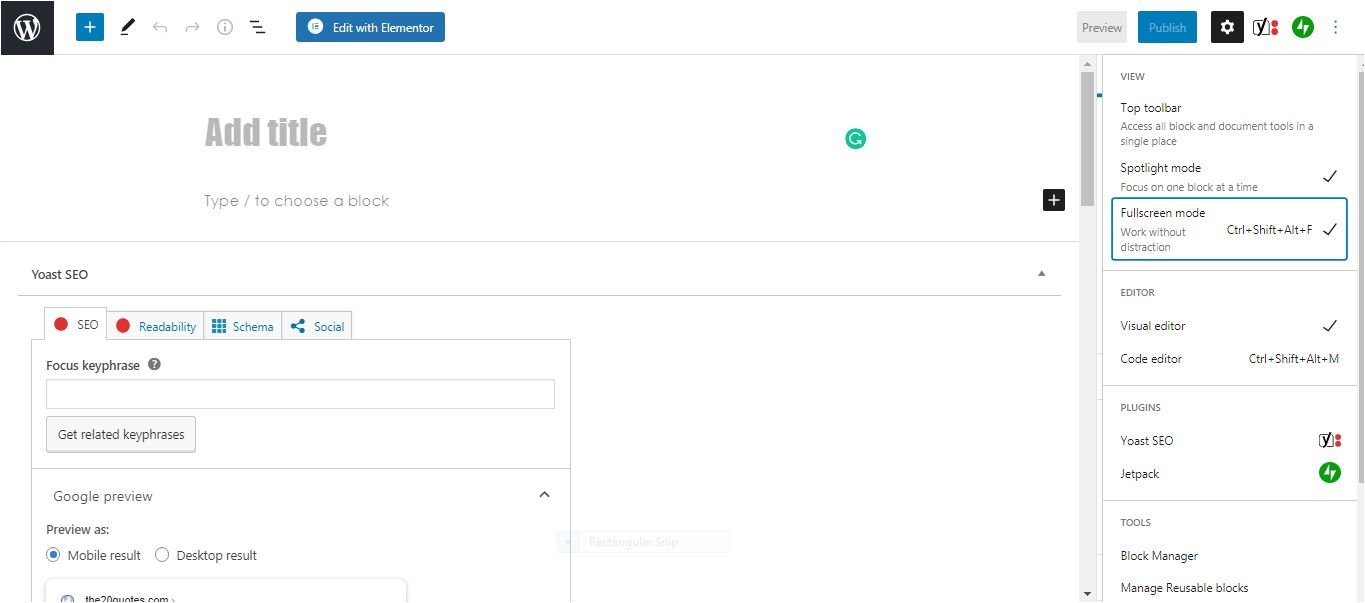
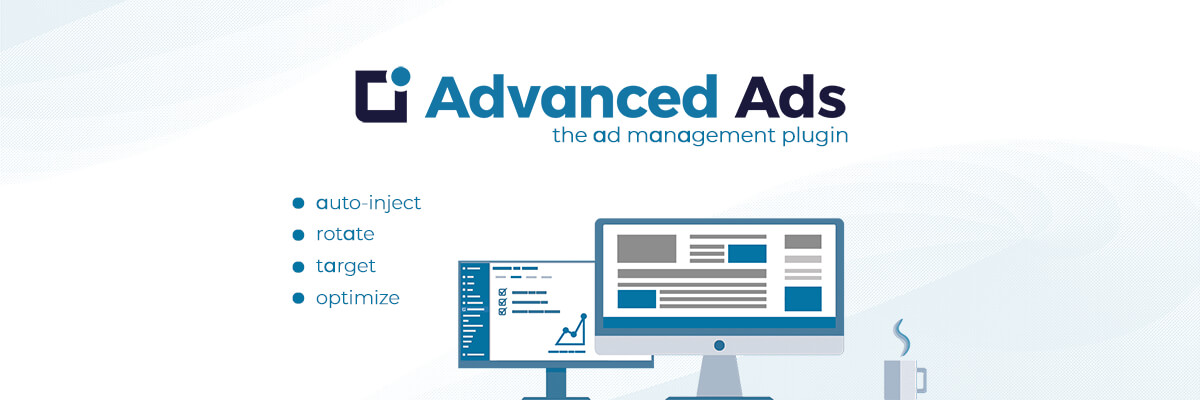

4 thoughts on “Start a Blog: A Complete Roadmap to Start and Grow a Blog in 2024 Or Beyond”
15 Documentaries That Are Best About Most Popular Pornstars kayleigh Wanless Naked
Если вы желаете идеальное сочетание классических игр и современных возможностей, то Нью Ретро Казино – это ваш выбор. В Нью Ретро Казино вы найдете широкий выбор игр, начиная от ретро слотов и заканчивая новыми вариантами.
Вас ждут неповторимые бонусы и промоакции, которые помогают вам заработать больше. Наши акции сделают процесс игры еще более интересным.
Удобная регистрация и простой интерфейс.
Регулярные бонусы и выгодные акции
В Нью Ретро Казино доступны простые способы пополнения и вывода средств для всех игроков.
Независимо от того, где вы находитесь, вы можете играть в Нью Ретро Казино на смартфоне или компьютере в любое время.
Присоединяйтесь к Нью Ретро Казино и начните выигрывать прямо сейчас! https://newretro-funglider.wiki/
Мечтаете испытать удачу? Тогда добро пожаловать в GetX Casino! Мы собрали популярные слоты, рулетку, блэкджек и покер, а также разнообразные акции, повышающие ваши шансы на победу. https://getx-casinowave.quest/.
Какие преимущества GetX Casino?
Удобные платежные методы и долгих ожиданий.
Широкий ассортимент развлечений от топовых разработчиков.
Щедрые бонусные предложения, и делают игру еще увлекательнее.
Зарегистрируйтесь в GetX Casino и получите максимум удовольствия от игры!
Ramenbet Casino — это баланс тишины и взрывных выигрышей. https://milmed.spb.ru/wp-content/pgs/onlayn_kazino_ramenbet___igray__kak_hochesh.html становится началом пути игрока-самурая.
Что делает Ramenbet уникальным?
Слоты с философией — только проверенные провайдеры.
Акции с истинным смыслом — без лишней суеты.
Финансовая гармония — абсолютная защита баланса.
Мобильная версия на уровне дзен — удобство выше ожиданий.
Служба поддержки с почтением — ответят быстро и вежливо.
Ramenbet Casino — место, где каждый выигрыш имеет смысл. Начните своё путешествие уже сейчас!